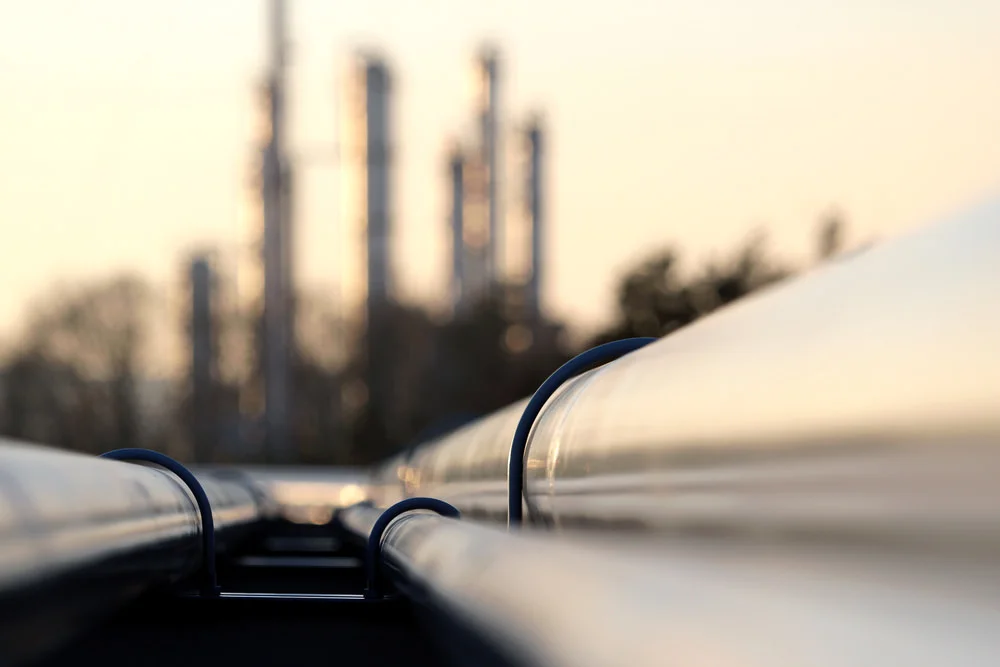In the industrial design and construction industry, environmental regulations exert significant influence over engineering practices, materials specification and waste-control systems.

Industrial and cleanroom clients must consider federal, state and municipal guidelines when planning construction projects as well as operations and expansion. These regulations provide key protections for the environment, but they also create challenges for productivity and profitability.
The future of the industry is dependent on recent changes in the U.S. political climate, and how these changes will impact regulatory structures. As a result, industrial engineers must adopt a forward-looking approach to anticipate how development and operations may be affected.
How Changes to Environmental Laws May Influence Industrial Design
Although significant uncertainty remains about how the current political climate will ultimately influence environmental policy, experts agree that regulations are likely to ease somewhat — at least in the short term.
Although it’s unlikely that the Environmental Protection Agency will dissolve, the agency’s reach is likely to be curtailed. Specifically, restrictions on the emission of greenhouse gases may well be reduced. Although this policy shift will influence many industries, the restrictions that govern manufacturing and industrial processes go far beyond this segment of control.
The Potential Effect of Regulatory Changes on Industry
Today, every U.S. industry has incorporated regulatory compliance considerations into business and operating models.
Because the dominant leadership in both the legislative and executive branches has the potential to change every election cycle, it’s unlikely that industries will suddenly abandon 40 years of regulatory influence and policy.
Fundamental changes in approach, if any, will be implemented slowly. And even if the current administration is successful in disbanding the Environmental Protection Agency, we can safely anticipate pushback from state governments, activist groups and citizens’ lawsuits.
Taking a Cautions Approach to Industrial Design Changes
Although the apparent trend toward deregulation seems to predict a loosening of environmental restrictions, the ultimate impact on industry will likely be mixed. Many environmental regulations have come with federally sponsored incentives designed to ease the burden on industry.
The adoption of solar technology, for example, offers the potential for operating cost reductions as well as government incentives. In many cases, these factors result in long-term financial benefits. So although environmental restrictions may ease, some of the benefits of compliance will disappear along with the requirements.
For cleanroom and related industrial development projects planned for the next four to six years, business will likely continue very much as usual. Beyond this period of time, however, it’s anyone’s guess how industrial design may be affected.
DesignTek Consulting Group LLC is dedicated to following key industry trends that may affect our clients. As a leading provider of design, engineering and construction management services, we understand how environmental legislation and related regulatory structures can influence the future of your project. Contact us today to learn more about how a forward-looking approach to industrial design can benefit your organization.
.png)